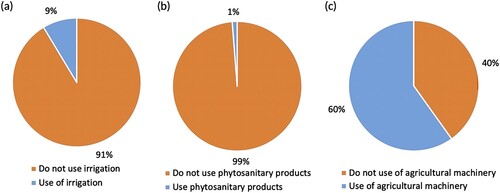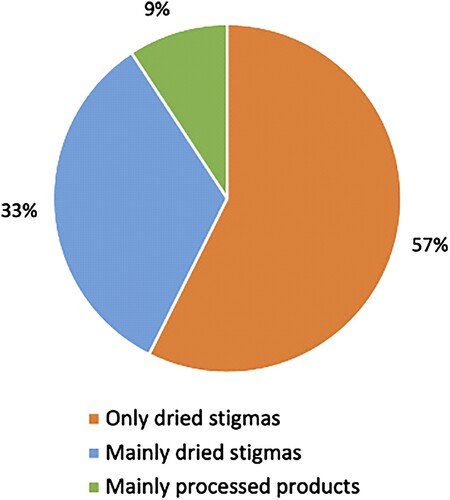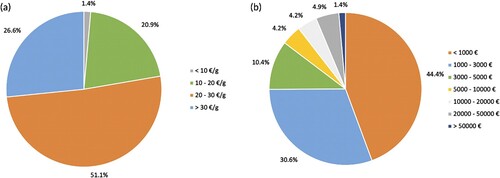Figures & data
Figure 1. Map of saffron farms which participated in the survey (162) and boxplot of their elevation.
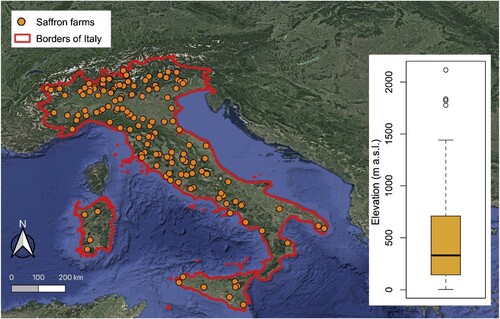
Figure 2. Boxplot of the age of saffron farmers (a) and share of young saffron farmers (aged less than 40 years) (b).
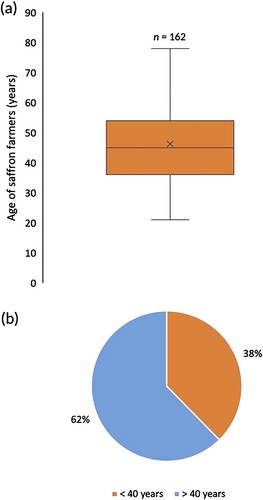
Figure 3. Role of saffron cultivation in the business activity (a) and the number of years of saffron cultivation (b).
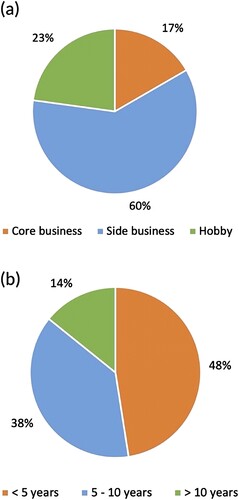
Figure 4. Saffron surface per farm (a), kind of manpower for saffron cultivation (b) and saffron production per farm in 2020 (c). The data are expressed as a percentage of farms.

Figure 5. Saffron growers’ fields dimension by different professional categories in percentage (hobby vs secondary and principal activity).
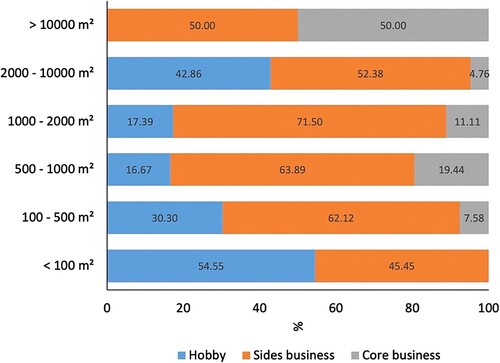
Figure 6. Education level of saffron farmers (a), educational background (education level and agricultural schooling) by different professional category (hobby vs secondary/principal activity) (b).
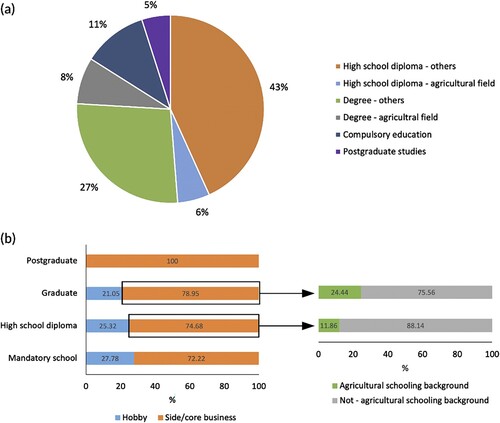
Figure 7. Use of irrigation (a), phytosanitary products (b) and agricultural machinery (c) in saffron cultivation. Data are expressed as a percentage of farms.
